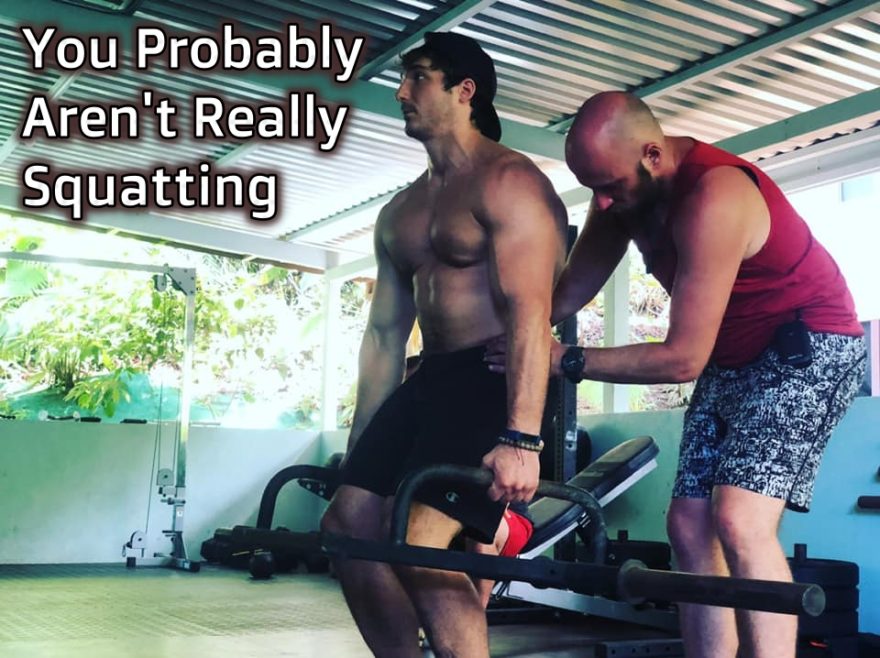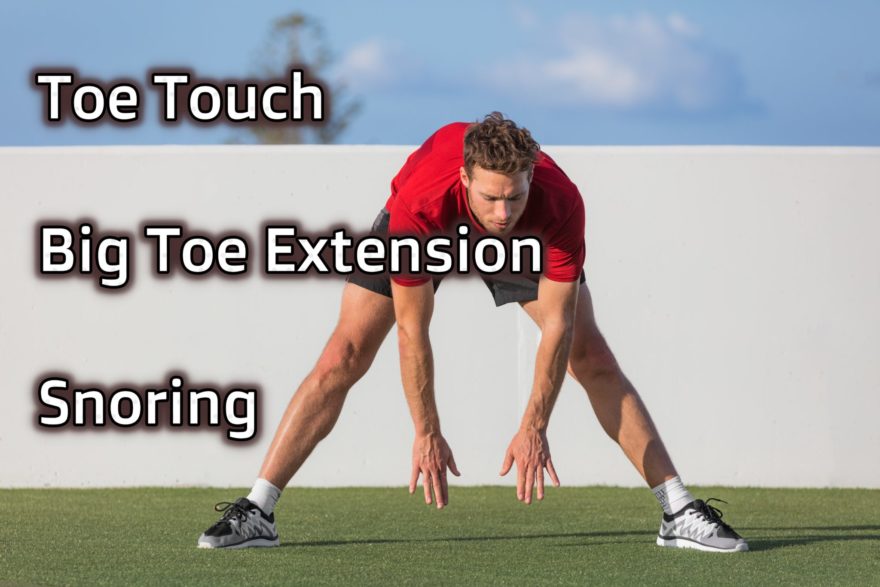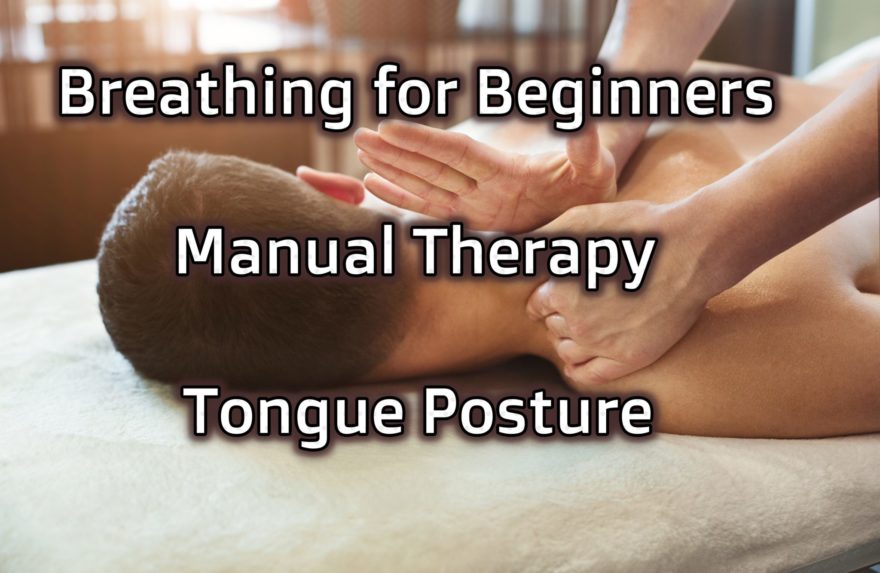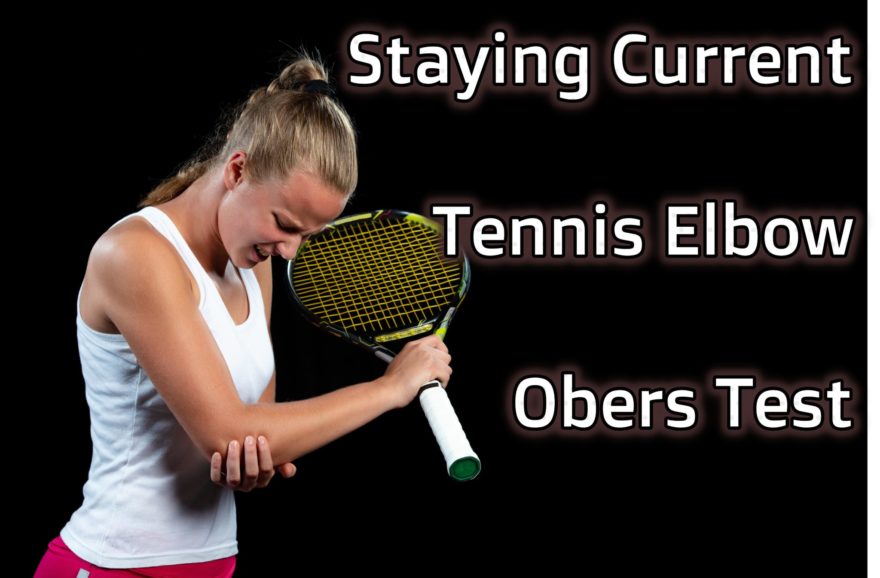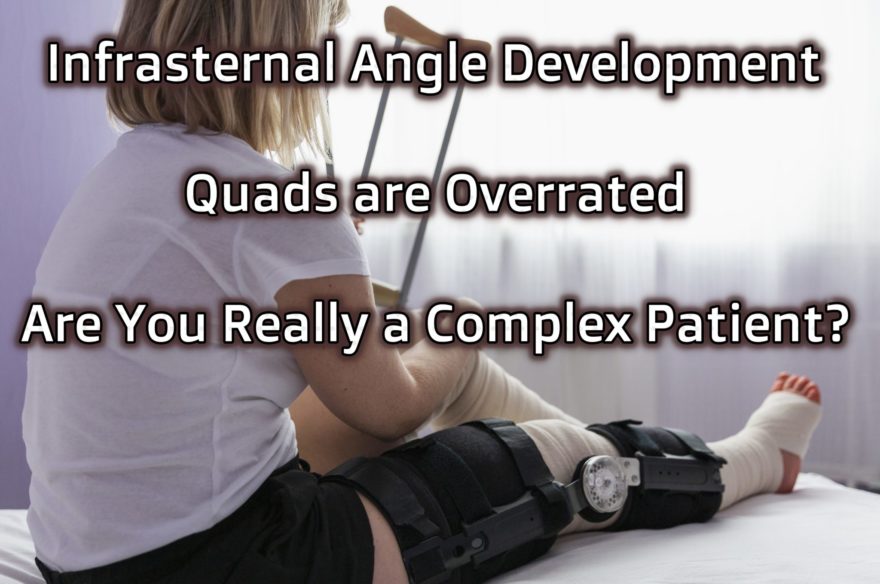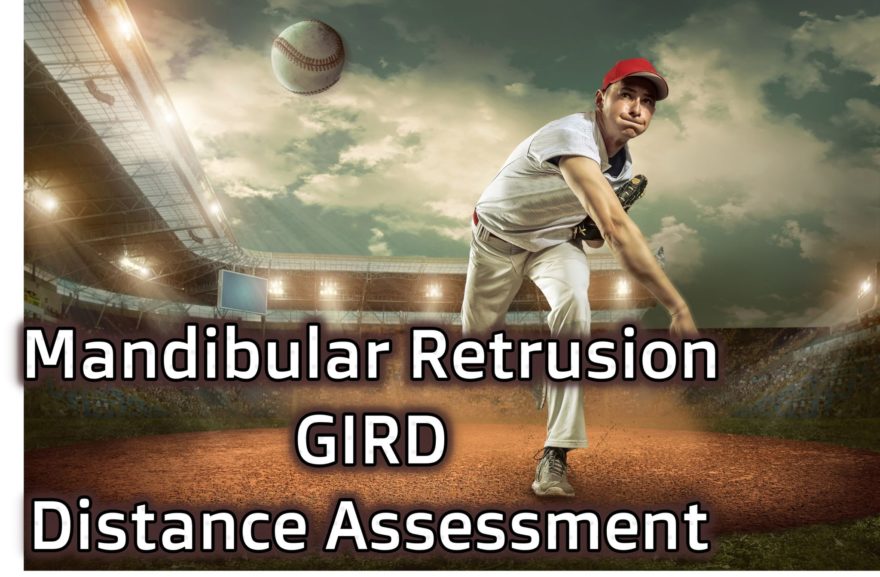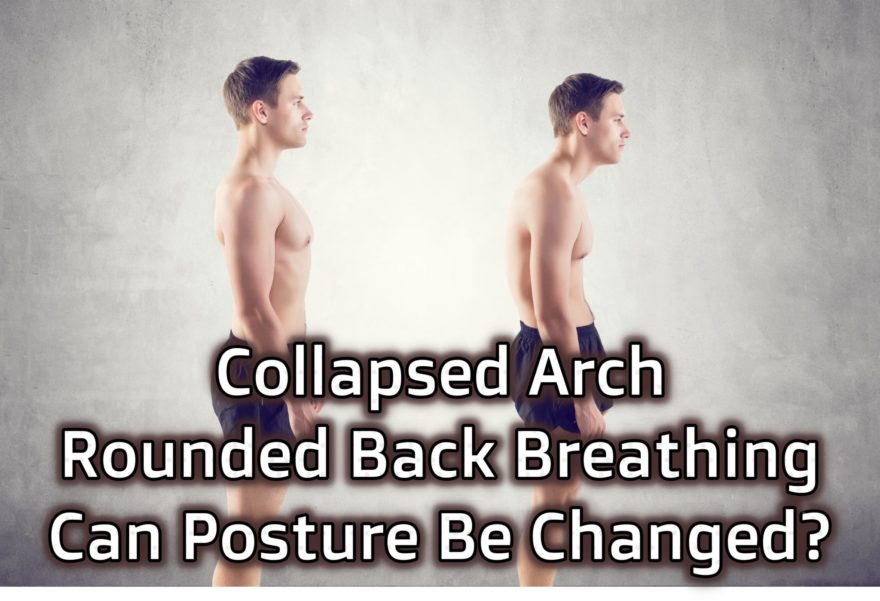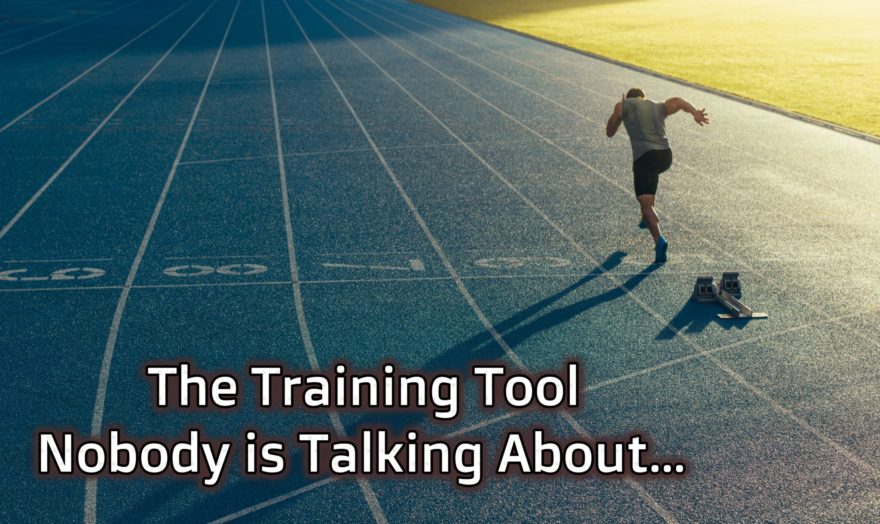Can improving your movement options and all this breathing stuff help with muscle growth?This is the fundamental question that myself, Ben House, and Ryan L’Ecuyer sought to answer on his most recent Bro Research Radio. In this podcast, we discuss all types of wild and crazy things. Some of my favorite topics were: Why you likely hinge when you squat The relationship between hypertrophy and movement variability Is it worthwhile modifying your main lifts How ego can negatively impact muscle gains Why it’s ok to break professional lanes and so much more Ben and Ryan are some of the foremost experts on hypertrophy, nutrition, and strength that I know. They are my go-to guys for improving body composition, and our peeps I readily seek advice from in this realm. You do not want to miss out on the conversation between the three of us. Click the link below to give it a listen. Bro Research Radio Episode 9 with Dr. Zac Cupples – You Probably Aren’t Really Squatting Where are your hypertrophy struggles? Comment below and let the fam know!
Read More